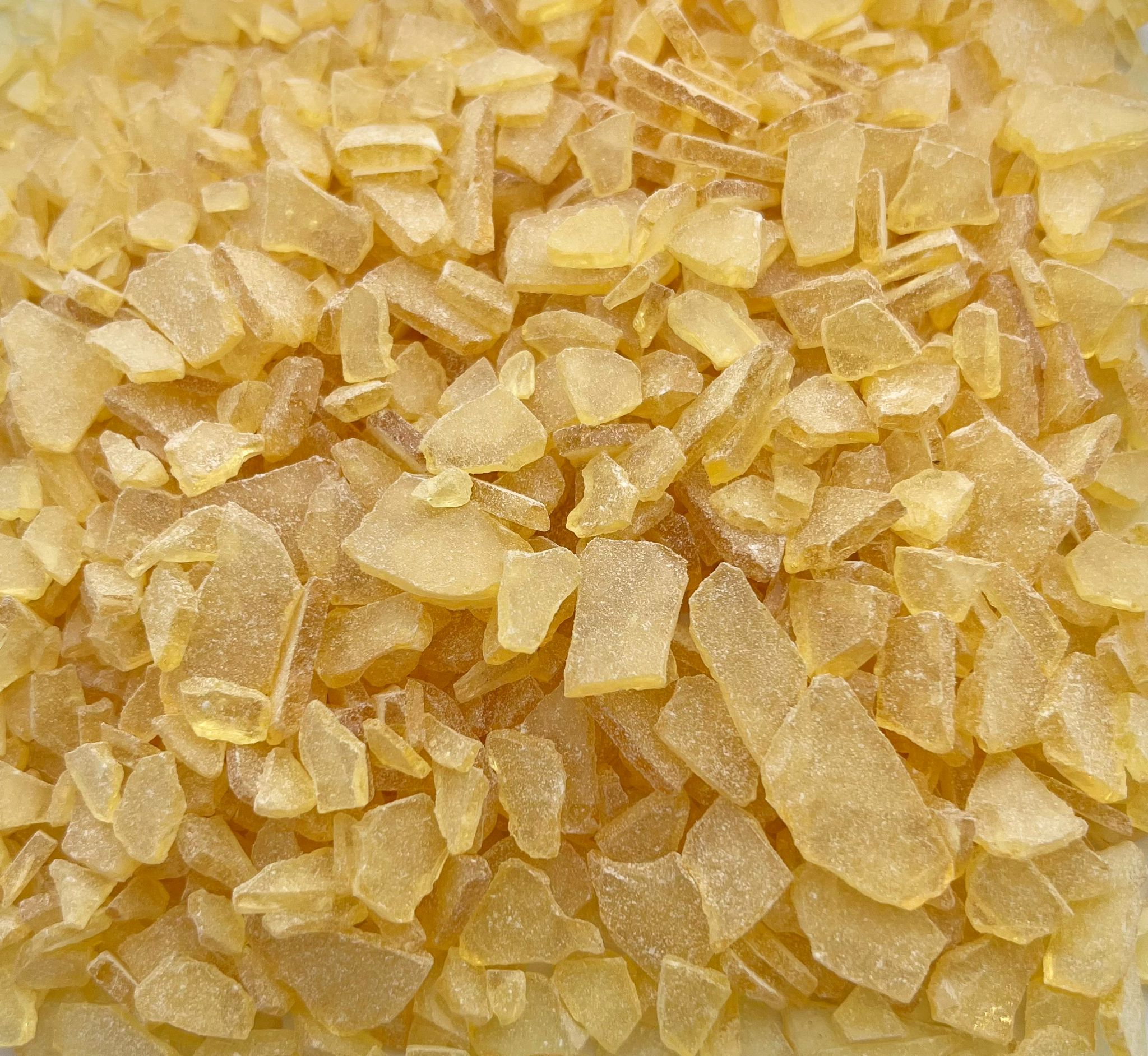Polymerized resin is a versatile material offering a wide range of uses, especially in the fields of art and industry. This special type of resin, when applied in liquid form, solidifies to create a transparent, durable structure that can take various forms. In this blog post, we will explore the properties, applications, and advantages of polymerized resin in detail.
I. What is Polymerized Resin?
Polymerized resin is a thermoset polymer obtained when a material in liquid form solidifies through a chemical reaction. This special type of resin typically contains two main components: a resin and a hardener. When these two components are mixed, a specific chemical reaction begins, and the material transforms into a solid structure. This reaction allows for the formation of a network structure, which gives the material excellent durability and transparency.
Polymerized resin is often referred to as epoxy resin or polyester resin. Both types have different properties, but the basic principle is the same: the mixture of components and hardening as a result of a chemical reaction.
While epoxy resins are widely used, especially in the art world, polyester resins are generally preferred in industrial applications. The properties, applications, and advantages of polymerized resins span a wide range from art projects to industrial prototypes. The unique characteristics of these resins enable their successful use in various applications.
II. Applications
Polymerized resin offers a broad spectrum of applications and is used in many fields, from the art world to the industrial sector. Here are various applications of polymerized resin:
a. The Art World
- Epoxy Resin Paintings: Artists can create unique epoxy resin paintings by applying polymerized resin onto wooden panels. These paintings can be enriched with colorful pigments, metallic effects, and other special materials, transforming them into striking works of art.
- Jewelry Design: Polymerized resin is a material frequently preferred by jewelry designers. Its transparent structure allows various embedded elements and colors to be visible, enabling the creation of aesthetic and original jewelry.
- Sculpture and Objects: Artists can produce detailed sculptures and objects by using polymerized resin in molds. This material, thanks to its flexible use, allows artists to create unique and durable works.
b. Industrial Uses
- Surface Coatings and Coating Materials: Polymerized resin is an ideal choice for various surface coatings in the industrial sector. When applied to materials like wood, metal, and concrete, it forms a durable protective layer.
- Embedded Encapsulation in Electronic Products: In the electronics industry, polymerized resin is used to protect sensitive electronic components. This application provides waterproofing and protection against environmental impacts.
- Modeling and Prototype Production: In the engineering field, polymerized resin is widely used for rapid prototype production. It is preferred by industrial designers for mold making or creating detailed models.
c. Woodworking
- Wood and Epoxy Blends: Polymerized resin is used in wood projects to highlight the natural beauty of the wood. Wood and epoxy blends are a popular choice for custom tabletops, countertops, and decorative pieces.
d. Marine and Construction
- Waterproof Coatings: In the marine sector, polymerized resin is used to create waterproof coatings. It provides a durable protective layer for wooden boat surfaces and marine structures.
- Concrete Repairs: In the construction sector, polymerized resin is used to fill cracks and strengthen concrete surfaces.
III. Advantages and Points to Consider
Although the use of polymerized resin offers many advantages, there are some important points to consider before using this material.
Advantages:
- Aesthetics and Transparency: Polymerized resin provides an aesthetic touch to the surface it is used on. Its transparent structure is ideal for adding depth and brilliance to a project.
- Durability and Longevity: It forms a highly durable structure when solidified. This feature is ideal for long-lasting applications and can create a protective layer on various surfaces.
- Ease of Application: Polymerized resin is generally applied by mixing two components. This makes it easy to use for artists, craftspeople, and industrial professionals.
- Diverse Application Areas: It can be used in a wide range from art projects to industrial applications. This material can be used in various projects in many fields, from woodworking and jewelry design to marine and construction.
Points to Consider:
- Safety Precautions: It is important to use personal protective equipment (mask, gloves, etc.) when using polymerized resin. Additionally, good ventilation must be ensured.
- Correct Ratios and Mixing: It is important to mix the resin and hardener components in the correct ratios. Not using the correct ratios can cause the material to have undesirable properties.
- Application Environment: Polymerized resin should generally be applied within a specific temperature and humidity range. Therefore, controlling and ensuring the suitability of the application environment is important.
- Hazardous Substances: Some types of polymerized resin may contain hazardous chemicals. Therefore, special precautions must be taken for the safe storage and use of the material.
- Resin-Specific Instructions: Each type of polymerized resin has specific instructions regarding its use. The manufacturer's instructions must be carefully followed.
These advantages and points to consider ensure the safe and effective use of polymerized resin. In every project, it is important to understand the properties and requirements of the material so that the desired results can be achieved and safety can be ensured.





.jpg)
